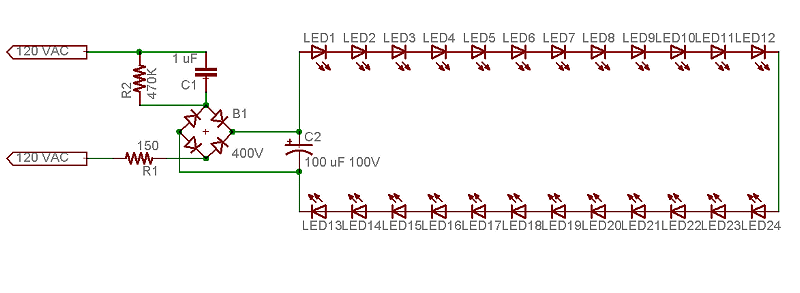There are many plug-in LED lamps that aren't worth getting, because they're all 5mm cluster design that will decay quickly.
Now, there are some aluminum cross drilled and finned body LED lights.
They use a handful of powerful LEDs and produce a cleanly collimated beam to accent something.
http://www.gelighting.com/na/busine...ownloads/led/energysmartLEDPAR30sellsheet.pdf
At 28.5 lumens/W to 34 lumens/W
Cost $50 each
A CFL with PAR can still get 33.4 lumen/watt including the reflector loss.
9W 300lm PAR 20 33.4 lm/w
So, seeing that LED alternatives are getting around 30 lumens/watt while similar shaped reflector lamps using CFL is gettin around 33lm/watt in smaller one and getting close to 60lm/watt on larger ones (23W 1350lm).
Does it make sense for LEDs compete against vapor discharge lamps in general lighting?
Now, there are some aluminum cross drilled and finned body LED lights.
They use a handful of powerful LEDs and produce a cleanly collimated beam to accent something.
http://www.gelighting.com/na/busine...ownloads/led/energysmartLEDPAR30sellsheet.pdf
At 28.5 lumens/W to 34 lumens/W
Cost $50 each
A CFL with PAR can still get 33.4 lumen/watt including the reflector loss.
9W 300lm PAR 20 33.4 lm/w
So, seeing that LED alternatives are getting around 30 lumens/watt while similar shaped reflector lamps using CFL is gettin around 33lm/watt in smaller one and getting close to 60lm/watt on larger ones (23W 1350lm).
Does it make sense for LEDs compete against vapor discharge lamps in general lighting?



